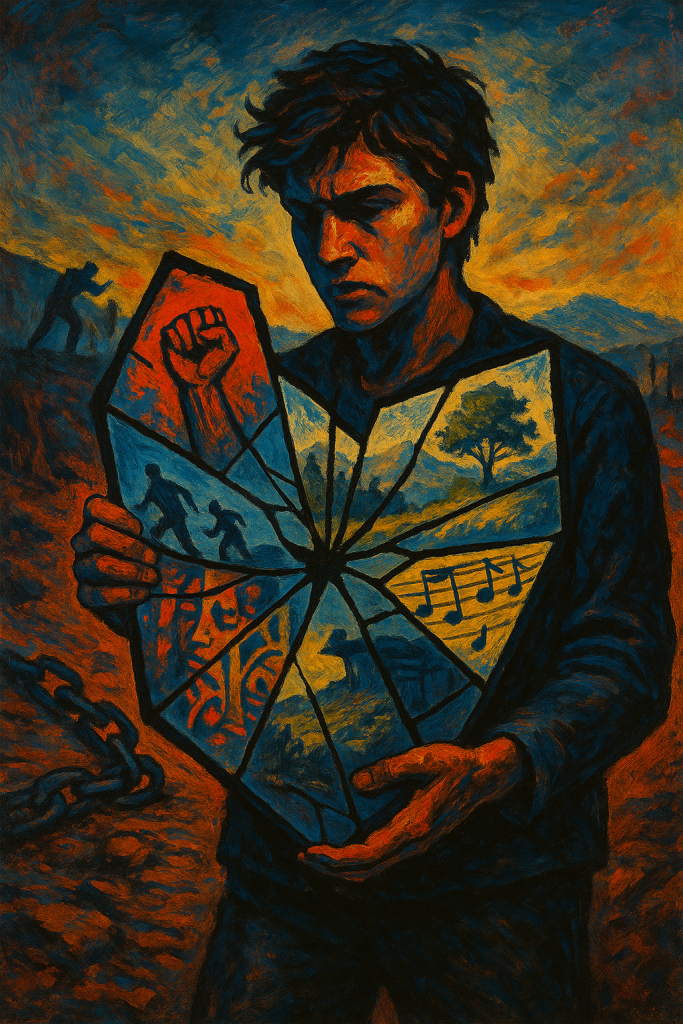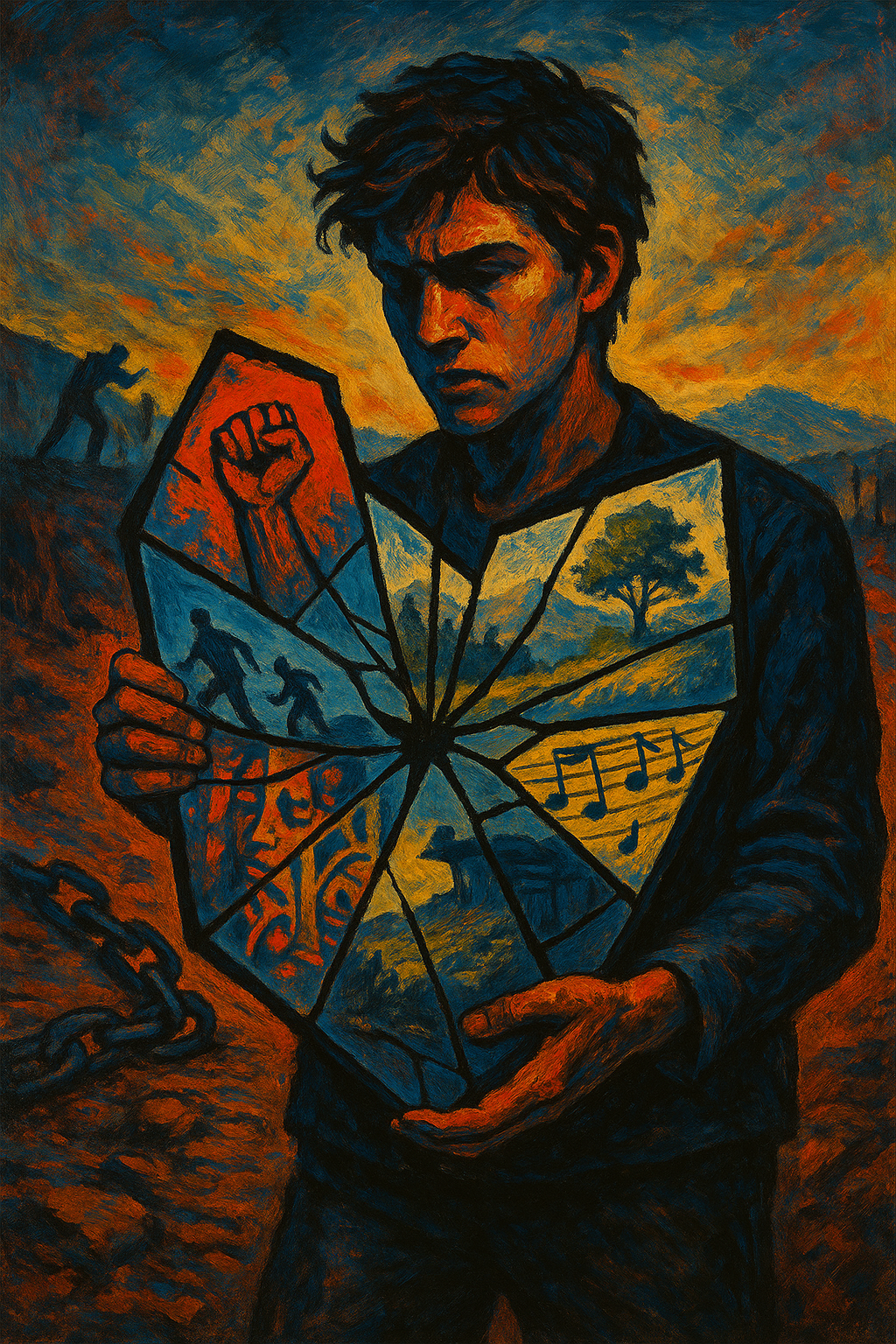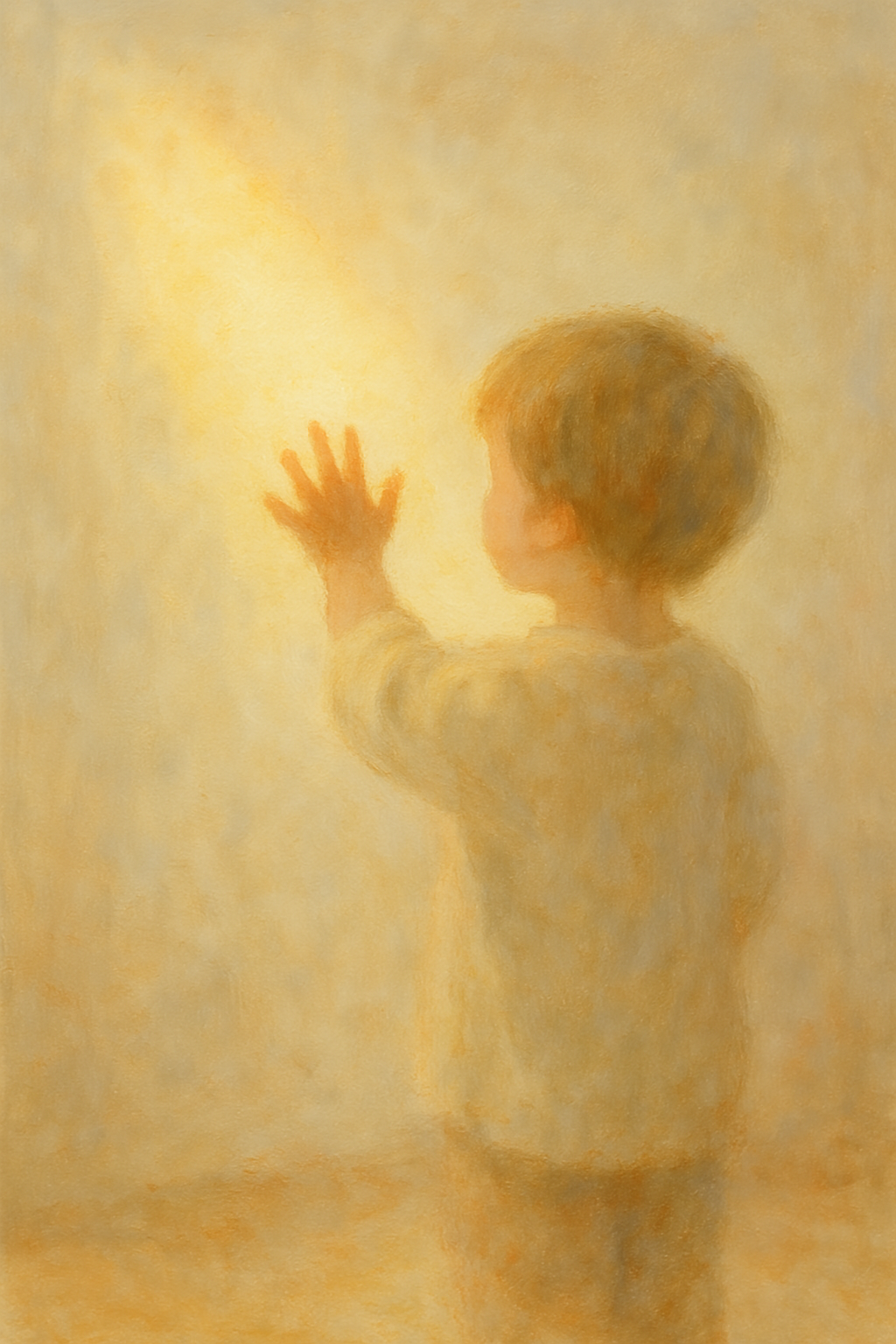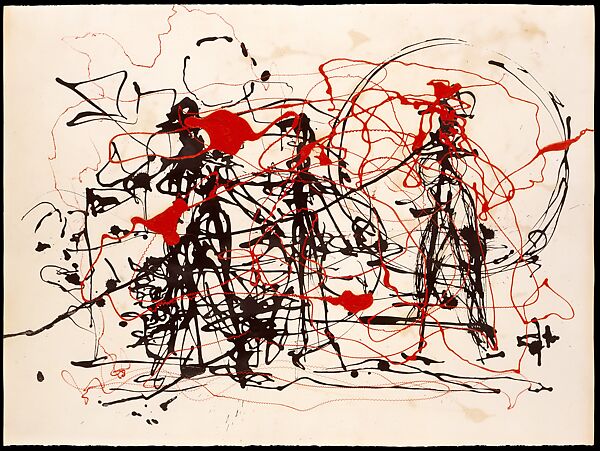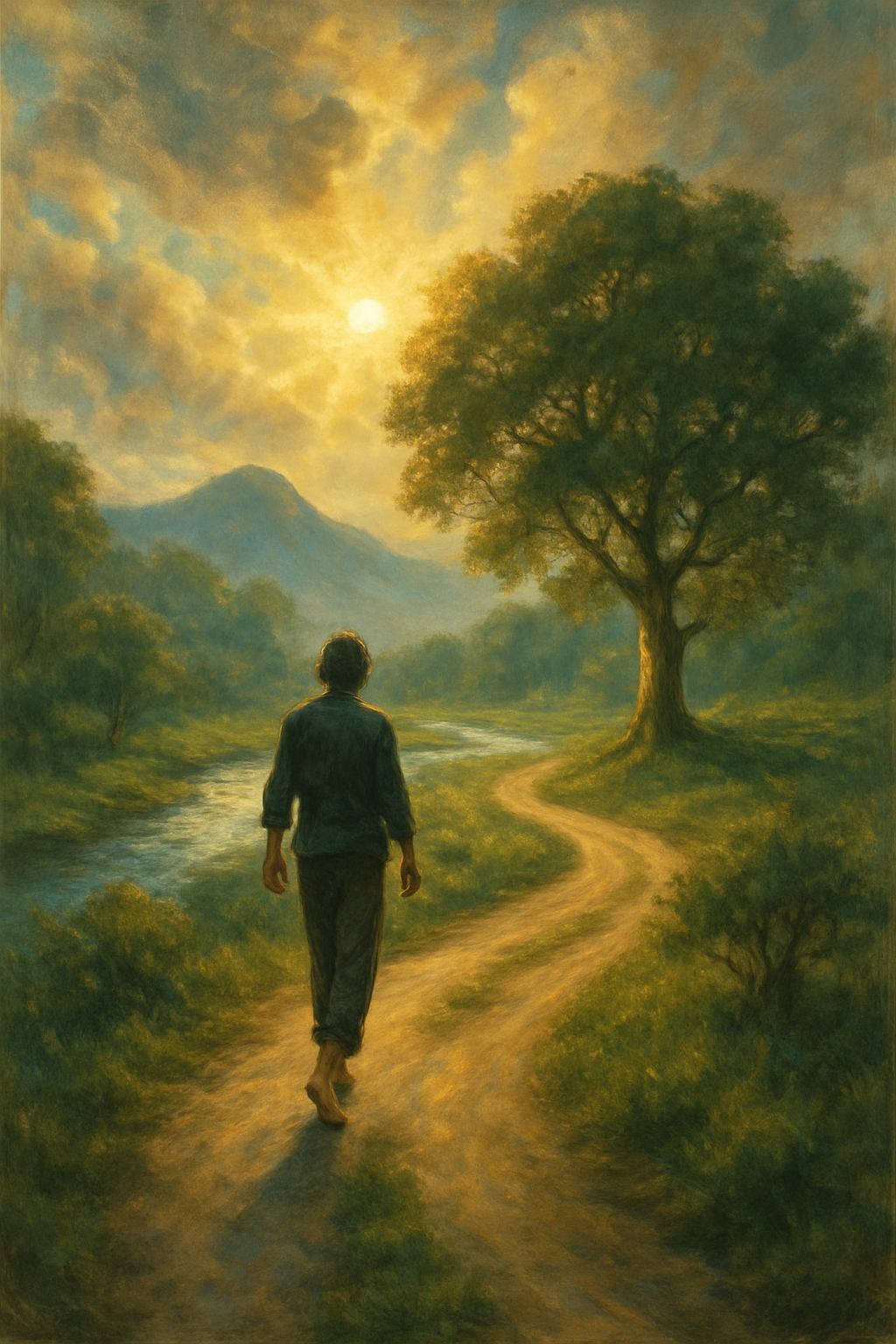What Does Art Reveal About the Soul of a Culture?
Across deserts, mountains, cities, and islands, long before borders and ideologies, humans carved stories into stone, sang to the sky, painted with ash and berry juice, and danced by firelight. Art was not decoration. It was survival. It was memory. It was magic.
To ask what art reveals about a culture is to ask what a people fear, what they love, and what they believe is worth remembering. In every culture, art functions like a mirror but it does more than reflect. It distills the invisible: emotions, rituals, taboos, longings. Through brushstrokes, rhythms, symbols, and silence, culture makes itself seen.
When we study the murals of Mexican barrios, the griot songs of West Africa, the calligraphy of Islamic tradition, or the minimalist ceramics of Japan, we are not just looking at “artworks” we’re encountering worldviews. Each form carries layers of meaning: beauty, yes, but also resistance, healing, grief, and cosmology.
Even what a culture excludes from its art—what is censored, mocked, or forbidden tells us something about its soul.
What is sacred?
What is shameful? Who gets to speak?
To explore art is to dig into the deep roots of how humans give meaning to life, especially when words are not enough.
Art as Memory, Spirit, and Resistance
Throughout history, art has never been merely about beauty. It has always been a vessel carrying the sacred, the political, the personal, and the communal. Long before written language existed, humans painted, sculpted, danced, and sang to communicate something deeper than words could express. Art was the medium of connection between the living and the divine, between the present and the past, and between individuals and their community.
The Role of Ancient Art in Shaping Spiritual or Communal Life
In the earliest forms of human expression, art wasn’t created for art’s sake it was essential to survival. Cave paintings in Lascaux, or the ornate carvings of ancient Egypt, were not merely decorative; they were part of the spiritual and communal fabric of their societies. Ancient cultures viewed art as a conduit for transcending the physical world. For the Egyptians, the afterlife was not an abstract concept but a concrete reality. Their tomb art, with its highly stylized depictions of gods and ancestors, was a way of ensuring the dead could pass into the next world. Each line, each gesture, each color was imbued with sacred significance, not just for aesthetic value, but to affirm cosmic order.
In other cultures, such as the Native American tribes of the Pacific Northwest, art was a means of connecting with the natural world and the spirits that governed it. Totems, masks, and ceremonial art didn’t just tell stories; they enacted relationships between humans, animals, and the divine. To create art was to invoke the spirit of the land, to honor the ancestors, to create harmony in the tribe. These works were not owned by the individual but were expressions of communal identity, creating unity and belonging.
Ancient art, therefore, was never a private endeavor. It was public. It was spiritual. It was communal. It was the medium through which the mysteries of the universe were brought into focus, shaping the identity of entire societies and their relationship to the cosmos.
How Colonization, War, or Migration Affect Culture
As the world began to be reshaped by colonization, war, and migration, art became both a casualty and a weapon. Colonial powers often saw culture as something to be extracted, something to be controlled. Art became a tool of domination. Artifacts were looted, rituals suppressed, and languages erased. For colonized peoples, art became a means of survival. It was through their music, their dance, their painting, that they kept their histories alive.
The art of Africa, the Americas, Asia, and Oceania was often deemed inferior by colonial authorities, and its creators were marginalized. Yet, in the face of cultural annihilation, these art forms evolved into powerful symbols of resistance. The sculptures of the Yoruba people in West Africa, the songs and dances of Indigenous peoples in the Americas, became not only a means of retaining their cultural heritage but of fighting back against erasure.
Consider the role of music in apartheid South Africa. Music, like the revolutionary hymn “Nkosi Sikelel’ iAfrika,” became a form of resistance against the brutal regime that sought to strip Black South Africans of their dignity. The rhythm and lyrics became more than entertainment; they became political weapons. Music was a rallying cry, a unifying force for those fighting for freedom. It was not merely a soundtrack to a struggle but a statement of identity and a vision for a future that had yet to be realized.
Similarly, street art in Palestine stands as a powerful example of art as protest. The walls of Palestine, covered in graffiti and murals, tell stories that the world has too often ignored. The image of a child holding a key symbolizing the right of return for Palestinian refugees is not just art; it is a declaration. These images are not simply political statements but are acts of spiritual survival. They are about holding on to identity, preserving memory, and resisting a history of oppression.
Art in times of colonization, war, or migration, therefore, becomes a means of preserving culture and asserting identity in the face of overwhelming odds. It is a refusal to be forgotten, a declaration of presence against the forces of displacement.
Art as Survival or Protest
In the most brutal of circumstances, art becomes more than just a tool for survival it becomes the means by which survival is defined. Art can act as a lifeline when everything else is threatened. In the ghettos and concentration camps of Europe during the Holocaust, art became a means of preserving the humanity of the oppressed. Even as people were deprived of their basic rights, they continued to create: drawings, poems, songs. These works of art were not just about the past they were defiant acts in the present. By creating, the oppressed maintained their humanity.
In the context of Palestinian street art, the tension between life and death, the living and the lost, is always present.
Between Worlds — The Tensions That Shape Culture
Culture is never still. It lives in the push and pull between what is inherited and what is invented. In every society, in every time, there is a quiet battle between preservation and transformation a sacred dance between memory and change.
Global vs. Local
In today’s hyperconnected world, a street artist in Nairobi might be influenced by Tokyo fashion, New York hip-hop, and West African spirituality all at once. The internet collapses distance. Culture spreads fast. But something is lost in speed.
Local cultures, once shaped by land, climate, ancestors, and ritual, risk becoming diluted pressed into the mold of global aesthetics. Villages turn into tourist attractions. Ceremonies are shortened for camera angles. Sacred songs become background music for luxury ads.
And yet, global exposure can also revive the local. Marginalized voices, once hidden, now speak to the world. Indigenous filmmakers. Diaspora poets. Farmers livestreaming ancestral planting songs. The local no longer means isolated—it can mean rooted in a way that teaches the world how to listen again.
The tension is real: How do we connect without erasing? How do we share without stealing?
Tradition vs. Innovation
Tradition carries weight. It binds generations. But without change, it can become a cage. Art, by nature, pushes against the old even as it draws from it. A calligrapher in Tehran uses spray paint instead of ink. A classical dancer in Mumbai blends Bharatanatyam with contemporary theater. Elders may protest. Audiences may resist. But tradition, if it is alive, must evolve.
Innovation, however, often comes from rupture from breaking something open. It can feel like betrayal. Like forgetting. But sometimes, breaking is also remembering. Many of the world’s greatest cultural revolutions jazz, surrealism, abstract painting, hip-hop were born from tension. They were not clean. They were not polite. They were necessary.
The artist must live in this paradox: To honor the past without becoming its prisoner.
The Sacred vs. The Commercial
Perhaps the deepest tension in modern culture is this: What was once sacred is now for sale. A sacred mandala becomes a tattoo flash sheet. A tribal headdress appears at a fashion show. A funeral chant plays in a nightclub. The soul of a people becomes content. Culture becomes product.
But this is not a new wound. Colonial museums filled their halls with stolen ritual objects long before the internet. The difference now is speed, scale, and reach. What used to be hidden in archives is now trending online. And yet—not all commodification is violence. Sometimes selling is surviving. A craftswoman selling handmade jewelry online may be preserving a tradition that would otherwise die. A street poet charging for workshops may be keeping an oral lineage alive.
The line is thin. It forces a hard question: When does sharing become stealing? When does appreciation become extraction?
Culture is not one thing. It is many things, pulling in opposite directions at once. It is grief and joy. Stillness and motion. Memory and invention. Sacred and profaned.
Real culture lives in the space between these contradictions not as a compromise, but as a living tension. That tension is not something to solve. It is something to feel.
Culture as Mirror and Weapon — The Power to Shape and Reflect
Culture is more than a reflection of who we are. It does not just act as a passive mirror that shows us our image it actively shapes our perception, our identity, and even our very thoughts. Through culture, we learn to see the world not as it is, but as we have been taught to see it. Culture forms the lens through which we interpret reality. And just as it shapes us, it can also be wielded as a weapon. It can either imprison us in its confines or liberate us from them.
How Language and Myth Form Worldviews
Language is the foundation of culture. It is how we communicate, how we name, and how we categorize our experiences. Language, in essence, shapes the very way we think. The Sapir-Whorf hypothesis in linguistics argues that the language we speak influences the way we think and perceive the world. For example, some indigenous languages have multiple words for different kinds of snow, shaping a worldview where the relationship to the environment is deeply nuanced. English, by contrast, uses a singular term for “snow,” a simplification that can affect how we relate to the natural world.
Consider myth as another cornerstone of culture. Myths are the stories a society tells itself to explain its origin, purpose, and place in the world. These myths do not just entertain they define identities. The Greek myths of gods and heroes shaped Western civilization’s worldview about power, fate, and morality. Similarly, the creation stories of the Aboriginal peoples of Australia are not mere folklore but are foundational to their connection to the land, their ancestors, and the laws that govern their communities.
Myths offer explanations for everything from the movements of the stars to the structure of society. But they also impose a worldview. Through myth, a culture sets the boundaries of what is possible, what is sacred, and what is taboo. It tells us who we are and who we can become. It teaches us the roles we are to play and the ways in which we should act. Myth doesn’t just explain the world it creates it.
In this way, language and myth are powerful forces. They are not neutral they are the tools through which we form beliefs and understandings that govern our lives. They shape our realities long before we are able to question them. The way we speak, the stories we tell, become the very foundation of our existence.
Culture as a Tool of Control — The Weapon of Domination
But culture is not always benign. It can be used to control, to dominate, to oppress. Historically, one of the most powerful tools of colonization was the erasure and suppression of native cultures. Through the imposition of language, religion, and myth, colonial powers sought to break the spirit of the colonized and replace their worldviews with those of the colonizers.
Consider the forced assimilation of Indigenous children in residential schools across Canada, the United States, and Australia. These schools aimed not just to educate but to erase cultural identity. Children were forbidden to speak their native languages, their traditional clothing and practices were outlawed, and their connection to the land was severed. In stripping them of their culture, the colonizers sought to control not just their bodies, but their minds and hearts.
The language imposed upon the colonized often became a tool of domination. The very act of forcing someone to speak a foreign language often with the threat of violence or punishment was a form of cultural subjugation. The colonized learned a new language, but with it came a new worldview, a worldview that prioritized Western values over their own. It was a slow and insidious act of control subduing not just a people’s culture, but the very way they understood the world.
But here lies the paradox: even in its most violent form, culture cannot be fully subdued. It will find ways to resist. Just as the stolen voices of Indigenous peoples were suppressed in residential schools, they found new ways to speak. In the face of language loss, songs were sung in the old tongues, stories were passed in secret, and cultural practices were hidden in the shadows. The culture was never truly destroyed it evolved, adapted, and fought back.
Culture as Liberation — The Weapon of Freedom
On the flip side, culture can also be a force of liberation. When used with intent and understanding, it has the power to empower, to heal, and to reclaim what was once taken. Culture becomes the vehicle through which people reclaim their narratives, their identities, and their connection to a past that may have been ripped away.
One of the most powerful examples of this is the Civil Rights Movement in the United States. Music, particularly gospel and blues, became a lifeline for Black Americans fighting against systemic oppression. The songs of artists like Mahalia Jackson and Sam Cooke, with their soaring melodies and impassioned lyrics, were more than entertainment they were tools of resistance. They created a collective identity, a shared understanding that the struggle for freedom was not just political it was spiritual, cultural, and deeply personal.
In post-apartheid South Africa, music again played a transformative role. The freedom songs of the 1970s and 1980s, sung in townships and during protests, became anthems for change. These songs, like “Nkosi Sikelel’ iAfrika” and “Free Nelson Mandela,” became more than just songs they were calls to action, calls for justice, calls for a future that had been denied for so long.
Similarly, the Zapatista movement in Mexico used the power of indigenous culture to fight against global capitalism. By embracing and reinterpreting indigenous myths and traditions, they not only reasserted their cultural identity but also made a bold political statement. They reminded the world that culture is not static—it is a living, evolving force, and when it is used consciously, it can overthrow centuries of oppression.
Culture as Mirror and Weapon — A Dual Force
In both its power to control and its ability to liberate, culture is both a mirror and a weapon. It is the mirror that reflects our identity, our beliefs, and our worldview. But it is also the weapon that shapes us, influences us, and guides us to either conform or rebel. Through culture, we see the world, and we are taught how to act within it. But culture does not simply reflect who we are it has the power to make us who we are.
The question, then, is not whether culture reflects us, but how we choose to wield it. Will we allow it to reflect only what is given to us, or will we use it to create new narratives, new identities, new worlds? Culture is a battleground one where we can either be passive bystanders or active participants, shaping its future just as it has shaped ours.
What Are We Hearing—and What Are We Silencing?
Art, in all its forms, is the echo of our shared humanity. It calls out to us across time and space, offering both reflection and transformation. It is in the brushstroke, the note, the spoken word, and the dance that we see who we are and, perhaps more importantly, who we could become.
But as we listen to these echoes, we must ask ourselves: What are we allowing ourselves to hear? In the cacophony of modern life, what stories, songs, and images are we embracing? What truths are we ready to face, and what dreams are we willing to build?
More critically: What are we still silencing? What voices have been muted by power, by privilege, by fear? What histories have we chosen to forget or ignore? In the vast sea of art and culture, there are those who shout for justice, for equality, for freedom and yet, too often, these voices are drowned out. It is not just the art itself that holds power; it is our willingness to listen to it, to allow it to challenge us, to disturb us, and to ignite action.
As we stand at the intersection of past, present, and future, we must ask ourselves: Are we passive consumers of culture, or active participants in its creation? How will we use the tools of art and culture to shape the world we inhabit, and how will we wield them in the service of truth, justice, and liberation?
The answers are not easy. But perhaps the first step is to listen to listen deeply, without prejudice or assumption. To listen to the stories, the music, the art that calls us to awaken our own humanity, and to confront the injustices still embedded in our societies.
So, I invite you to reflect: What art speaks to you? What does it reveal about the world you live in, and about the world you want to create? And perhaps most importantly what are you ready to hear, and what will you dare to say, as we continue this shared journey of creation, resistance, and transformation?
